Table of contents
What are the types of macumba?
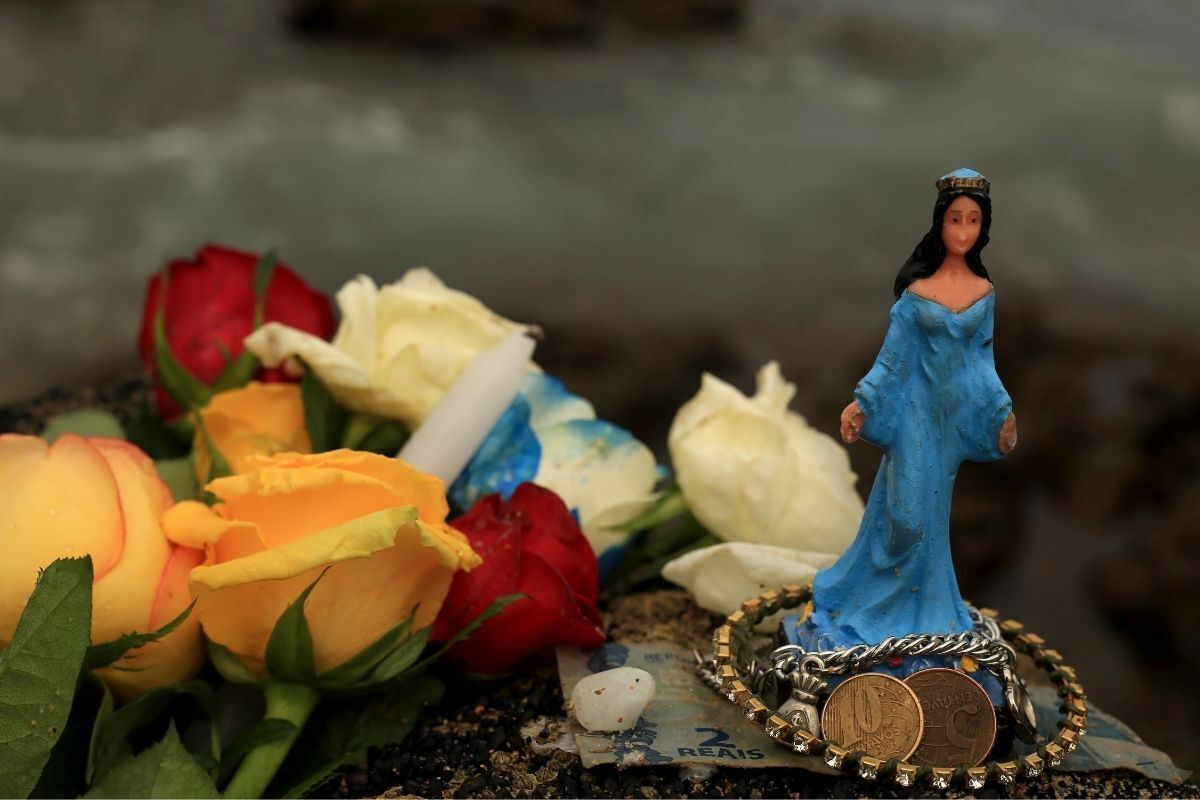
When you talk about macumba, a whole universe opens up. Much of what circulates are myths about religions of African origin, which are distorted by various factors, such as racism, for example, besides, of course, a great lack of information.
What is understood as macumba is, in fact, the offerings that each work requires. Just like us, each entity has a favorite food or object and, in this way, when a work is done for him, he asks for it. But it is not a seven-headed beast, no.
It is worth remembering that the Yoruba religions are not bad, as many people say. Most of the works and offerings are made to attract prosperity, love, peace, healing and, especially, protection.
Macumba variations
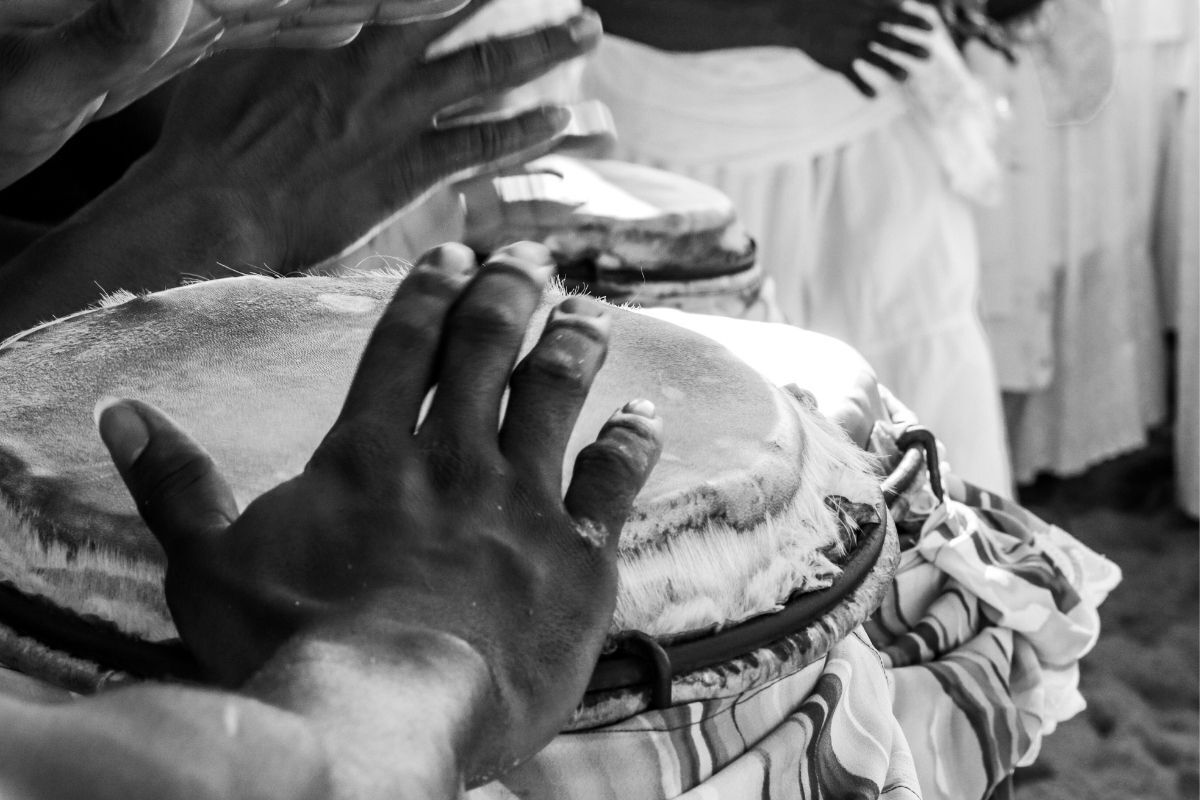
Contrary to what it may seem, macumba is the name of several elements that, over the years, were incorporated into the Yoruba religious base. Macumba is not only a name used pejoratively to talk about religions, is, for example, a tree and a musical instrument. Check out more about the origin of the name and its bases present in religions, very present in Brazil!
Macumba Tree
Macumba is a popular tree in the African continent, which is part of the lecithidaca family, as well as the jequitibá, being considered a very noble wood for its longevity, preservation and also hardness.
As is common in Africa, the wood of the tree is used for many rites within the religions that exist there and, when they were brought here, during the slavery period, they were incorporated into the religions that were established here. And, because of this wood, the name macumba is assimilated with the religion, used mostly to refer to the offerings.
Macumba Instrument
The Macumba instrument gets its name because it is made from the wood of the Macumba tree. It looks like a stick with some grooves that, with a drumstick that comes along, is scraped and thus reproduces its sound.
It is used in Olodum, as well as in various points of candomblé and umbanda. Ponto are the chants chanted for each entity present in the religions. They are a call to ask for their protection and, of course, to request them in celebrations with incorporations.
Macumba dispatch
The Yoruba religions are very connected to the elements of nature and thus believe that the combination of some elements can provide things for those who offer them.
Besides, religions are polytheistic and each entity or orixá has its earthly predilections. For example, the orixá Oxum likes honey, melon, sugar and coconut water and, normally, the requests made to her contain these things. It is important to ask someone already initiated what one should offer to each orixá or entity, because displeasing is never the idea.
Crossroads Macumba
The crossroads is a place that has a special connection to the other world, so it is used to be the deposit of the offerings made, mainly to Exu and Pombagira. It is usually the crossroads between two streets without much movement, although each entity needs a specific type of crossroads.
There the offerings are left. Normally, the recommendation is that one should not look back. Unfortunately, guided by prejudice, many people mess with these offerings, kicking them and even throwing them in the garbage. This even gives rise to the pejorative proverb "chuta que é macumba" (kick that it's macumba), which derives from this.
Types of Macumba
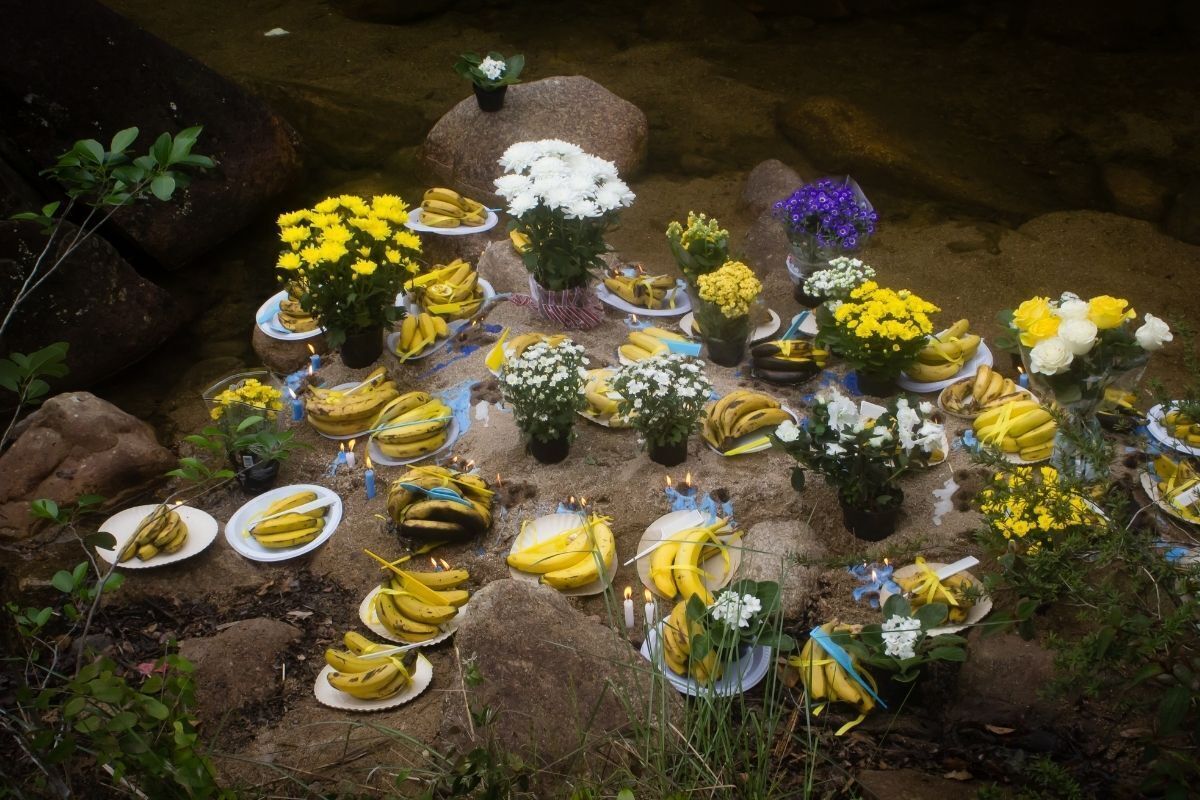
The works are different because each entity and orixá have their specifications. In addition, the way they are done differs, and a lot, from one ritual to another, because they involve very different elements, beyond the purpose of each of them. Check now some of the main types of rituals and how they are done and what their functions are!
Bori
The Bori or Obori, as it is known by some, is a ritual whose function is to reduce the tension and anxiety of those who do it. It is practically understood as a harmonious ritual, whose function is to organize spirituality. Performed by Candomblé, which has the game of Búzios as one of its bases, it is done in a unique way for each person.
The babalorixá, known as the father or mother of Santo, plays the game of Búzios and thus learns what each person needs to achieve this peace of mind. The Bori is one of the most important rituals within the religion, because it is done for your Ori (head orixá) and follows your individual needs, through a moment of faith and care.
Padê
The padê is a ritual performed for Exu before any ceremony performed for another orixá. According to Yoruba tradition, this was a request made by Exu himself to the orixás. In the story, he requested that before everyone had their offerings received, he would have his, as a kind of toll. And, since then, Exu's will is respected and he receives his padê.
Normally, Exu receives, in these ceremonies, offerings such as drinks, some foods and even the sacrifice of some animals. Exu is playful and the padê comes so that he does not interfere negatively in the intention and request of the ritual.
Ebó
The ebó is popularly known as the offerings. When you need to deliver something to an orixá, you will make an ebó. They don't necessarily have to involve any sacrifice. Often, ebós for protection and harmony, depending on the orixá in charge, only contain fruits and legumes.
But those who think that the ebó is an offering are mistaken, since the ritual demands dances, typical songs - the famous pontos, which are destined to the orixás and their stories. The ebó is really a very beautiful and important moment within the Yoruba religions because it shows what is most colorful and beautiful within that space of faith.
Dispatch
The dispatch is the delivery made to Exu before any work is done. This delivery is deposited at a crossroads. It is important to say that it can be done both on crossroads (that part where the cross is in every cemetery), in forests that are not very busy, to avoid the contact of other people with the dispatch and, depending on the orixá, it can be done in rivers and seas.
Normally, a guide is needed to do this type of delivery and, as each entity has appropriate colors and clothing, this person must use them. In most cases, the dispatches use candles of symbolic colors and each work is done under supervision, which helps, and a lot, who must make it deliver in the correct way.
Ritual food
Each orixá has foods of his preference and they should be seasoned to his taste, so that he never displeases with their delivery. For example, some orixás do not support that the foods offered are seasoned with garlic or salt; others prefer that it has pepper and dendê oil.
Some of these foods are even widely consumed by all, such as acarajé. The dish carries a historical baggage about Xangô and his wives Oxum and Iansã. Iansã, in fact, is one of the orixás who most likes to receive them, but, as already mentioned, they must be made with supervision so that everything is to the liking of the lady of the winds and storms.
Macumba with animals
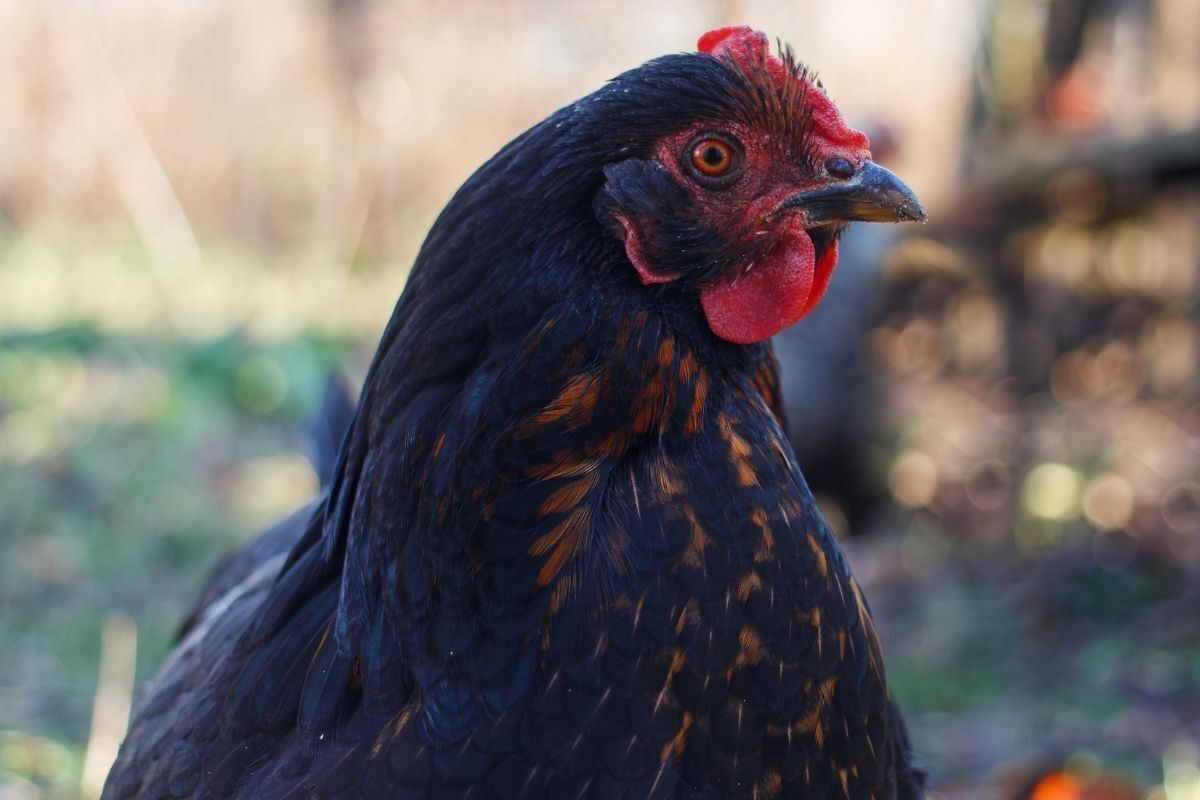
When we talk about working with animals, it is valid to say that much of what circulates around is a lie and should not be reproduced, because, in addition to pejorative, are of racist stamp. Several religions practice animal sacrifices, as Christianity in Christmas with the turkey, for example. Sacrifice is not torture, quite the contrary, is a respectful ritual for the animal.
Read on to learn more about the types of rituals, how they happen, and what the myths and truths are about them!
Macumba with cat
Cats are cabalistic animals that carry a spirituality that transcends religions. Often used in wiccan rituals, cats are always a part of the occult. However, different from what many people think, their relationship with macumba is not one of sacrifice, but as a spiritual guide.
It is valid to say that animals are not tortured in rituals of Yoruba religions, because suffering of any kind invalidates any ritual. If there is a sacrifice, the animal is killed in a respectful manner. Much of what circulates out there about mutilated animals is torture and only that, without any relation to Umbanda or Candomblé.
Macumba with frog
One of the most famous rituals, even if we don't know for sure which religious doctrine it belongs to, the frog ritual is one of the most talked about and, according to psychics, one of the most dangerous. Basically, it consists in taking a live frog, putting the name and a picture of someone you want to do harm and sealing the frog's mouth.
The first is that this type of ritual is considered torture, because you are subjecting the animal to extreme pain. The second point that must be taken into consideration is that the law of return is real and powerful. Doing something to hurt or even kill someone can have serious consequences for you and your loved ones.
Macumba with black chicken
Within the Yoruba religions, the black chicken is a fundamental element because of its symbolism and importance to some orixás. Many of them have chicken as their favorite food, and when it is offered to them, it must be fresh. No purchased chicken for the orixás.
For this reason, the sacrifice of the chicken is something common in some terreiros and houses that perform these works. Besides, of course, some rituals use some of the animal's blood. However, when the animal is killed, it is done in a way that it suffers as little as possible, because otherwise it would not be accepted by the orixás.
Macumba with pigeon or dove
The pigeon also has a very important symbolism in Yoruba religions, because, besides being the animal that represents the Holy Spirit, it can be used in some rituals for cleansing and protection of people protected by some orixás.
There is a ritual, very specific, that is used two white pigeons to remove something bad that is in the person. In this rite, the blood of the animal is used, along with the feathers. The person receives a kind of crown with this, plus cotton with honey, covering the entire circumference of the head.
Macumba with objects
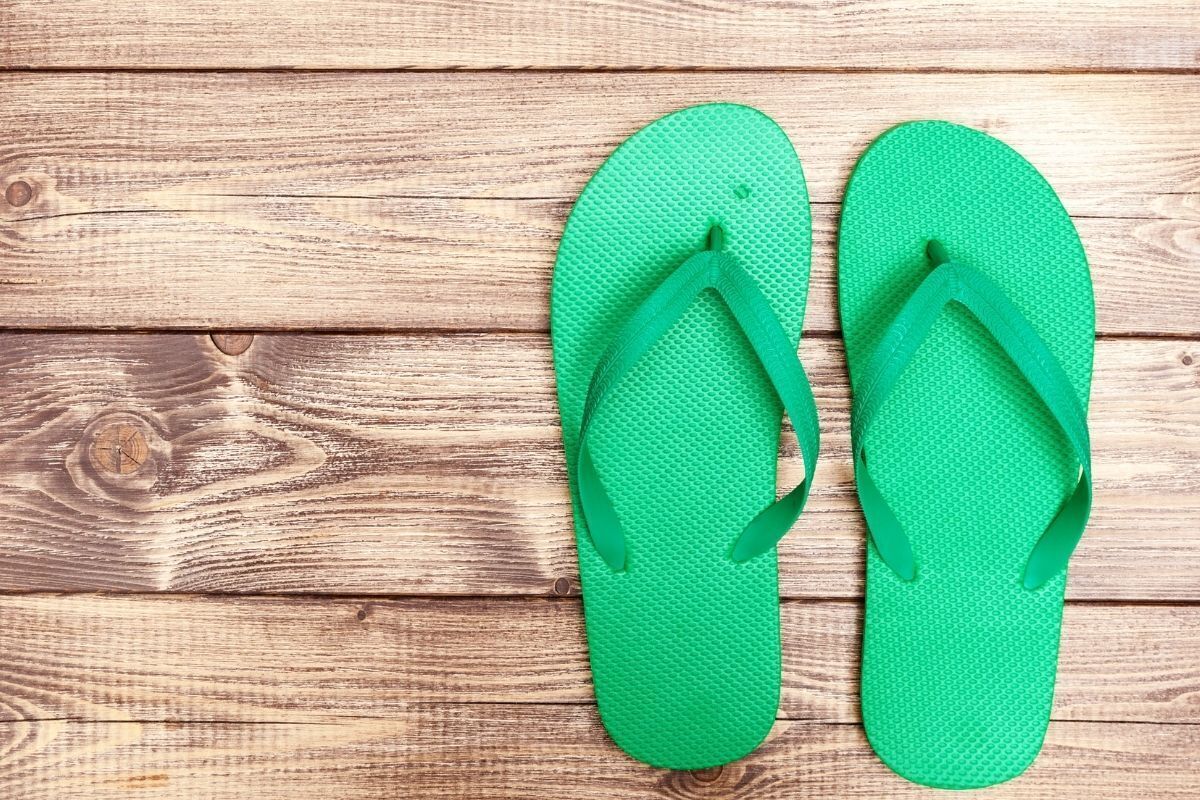
Some objects are fundamental when we talk about rituals of Yoruba religions, others are only used in specific works, because they symbolize something greater. For example, coins symbolize wealth and when used in rituals, is to attract prosperity and fortune. Check out some objects and their spiritual meanings used in macumba!
Macumba with slipper
The slipper is a simple and common object, but it carries a great symbolism. It takes us everywhere and this dialogues directly with the fact that it traces our paths. And you may be asking yourself, why not any other footwear? It's simple, because everyone wears slippers. It's accessible.
Therefore, the slipper is used in many rituals to open paths and even in moorings, because it symbolizes the crossing of two lives. In some rituals, the slipper is the only element used, because it is very powerful and, combined with the right prayer, can change your destiny or of someone you want to protect.
Macumba with cigarette
Cigarettes are used a lot in Yoruba religions, either in rituals or by incarnate entities. Many of them smoke when they are in physical bodies, so it is quite common to see a medium smoking during incorporation. Except for this, cigarettes are used as a pleasantry in some dispatches.
It is important to say that even if the medium smokes, the toxins from the cigarette don't reach his body, since, during the incorporation, the body is understood as a null matter. So much that, to prove that a medium is really incorporated, they put burning gunpowder on his hand. If he complains about pain, he is faking, because the entities don't feel anything.
Macumba with coins
Coins symbolize fortune and prosperity and when they are offered to entities, it is for that purpose. They are usually called patacos in Yoruba religions and are used in an endless amount of rituals and offerings because prosperity is one of the great principles of earthly life.
There is a very famous ritual done with them, made with sugar, roses of various colors such as white, yellow and red and coins, and of course, cigarettes. The intention of this dispatch is to attract prosperity and the opening of paths.
Macumba with clothes
Clothes are very symbolic and powerful things because they are constantly in contact with the skin on many different occasions. The clothes one wears in a certain space are very different from the clothes one wears in another space. Clothes absorb energy from the person as well as from the place.
And, in this way, clothes are almost always present in rituals, especially those of protection and healing. Usually, one takes someone's clothes, a ritual is performed according to that person's needs and, afterwards, he or she must wear them for a few days, in a certain space of time. They seem simple, but they are very powerful.
Macumba with food
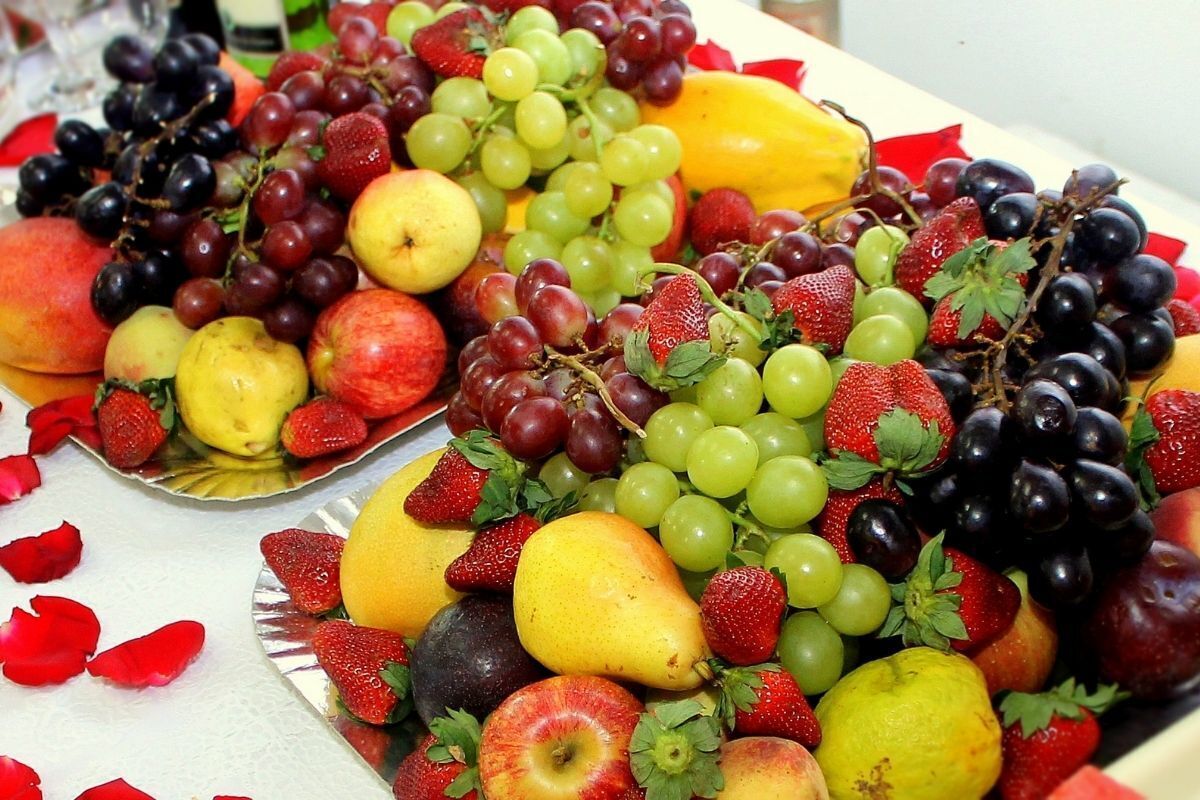
Macumba believes that everything is possible with the combination of the right elements of nature. This is not an isolated opinion of the Yoruba religions, but it is very important in the construction of the basis of religions. Fruits, for example, play a major role when the subject is ebó and despacho. Check now some of the most used foods in macumba and their representations!
Macumba with fruit
Each orixá and entity has a favorite fruit and knowing this is important to know what to offer in ebós and dispatches. For example, the favorite fruits of Iemanjá are watermelon, melon, kiwi and soursop, besides some less known ones. So, normally, these fruits, not all, should be used when you wish to please the Queen of the Seas.
Some fruits are repeated, orange, for example, is among the beloved of Oxum and Oxóssi. Passion fruit is also among the popular fruits, being used in rituals for Xangô and Obaluaê. It is valid to say that fruits have spiritual meanings, which work according to the personality of each orixá.
Macumba with corn
Corn is almost always connected with good things, such as protection, luck and prosperity. There are several spells with ears of corn, some very simple. The most famous of them is to take an ear of corn and put it under the mattress. This, according to Yoruba tradition, scares away bad spirits and brings good fluids into the life of the person who sleeps there.
A derivative of corn, much used within the 'macumba' is also the popcorn. When a person is charged, for example, it is recommended that he takes a bath of popcorn and, to assist in the process, some mediums reinforce that the person should put popped popcorn, without salt, under the mattress where he sleeps. This removes bad fluids.
Macumba with apple
The apple has many meanings, mainly because it brings interpretations from various religious doctrines. Known as the fruit of sin, it can symbolize death and lust. Usually, the fruit is used in love tying rituals. There is a very famous one with honey, where a piece of paper is placed between pieces of apple, honey and a red candle is lit.
However, the apple symbolizes growth, knowledge and love within Yoruba religions. When you see an apple tree and small apples in development, it happens to symbolize a great time of prosperity for your life and your family.
Macumba with pepper
In the Yoruba religions, mainly in Umbanda, pepper is related to Xangô and Exu, and is often used in dispatches and in some ebós. It represents fire and is normally used in rituals that need this more active force.
There are some sympathies that use pepper, mainly because it is really powerful in protecting spaces. In addition, it has a very positive action in the removal of negative energy and people who do not do well. It is always good to have at home a pot with salt and a pepper finger-of-moça with the stem down, helps in harmonization and bad things.
Macumba with raw rice
Raw rice is used in many cultures to throw at the bride and groom as they leave the church. What few know is that this is a Yoruba tradition and is dedicated to Oxalá, the orixá that symbolizes life. With the rice bath, which can be taken with the whole body, you are attracting peace and prosperity into the lives of those two people.
But it is not only for engaged that the bath serves not, the properties are many, including luck in love. It is recommended for someone who has experienced some recent disappointment in love, because it helps in understanding and also in marital luck of those who take it.
Macumba with raw meat
Raw meat is used in many rituals, especially in larger works, which involve breaking things that have been done. There is no single type used, since each entity and orixá has its preferences, both from which animal the meat comes, and the cut it should have.
There are entities that prefer ox liver, others prefer meat. Some prefer some parts of the pig and there are those that prefer chicken feet, for example. If it is necessary to use meat in the ritual, it is important that you are oriented before performing the dispatch or ebó so as not to deliver the wrong thing.
Macumba with egg
The egg, within the Yoruba religions, has a very beautiful symbolism, because it represents fertility and life. And eggs are very important in various types of rituals, in practically all medium and large ones.
There is a spell done when someone suspects that some work has been done to harm you. You take all the eggs you have in the fridge to a Pai or Mãe de Santo, and with these eggs, breaking them one by one, you find an egg that symbolizes the spell that has been done to your life. It is usually all full of blood.
Other macumba materials
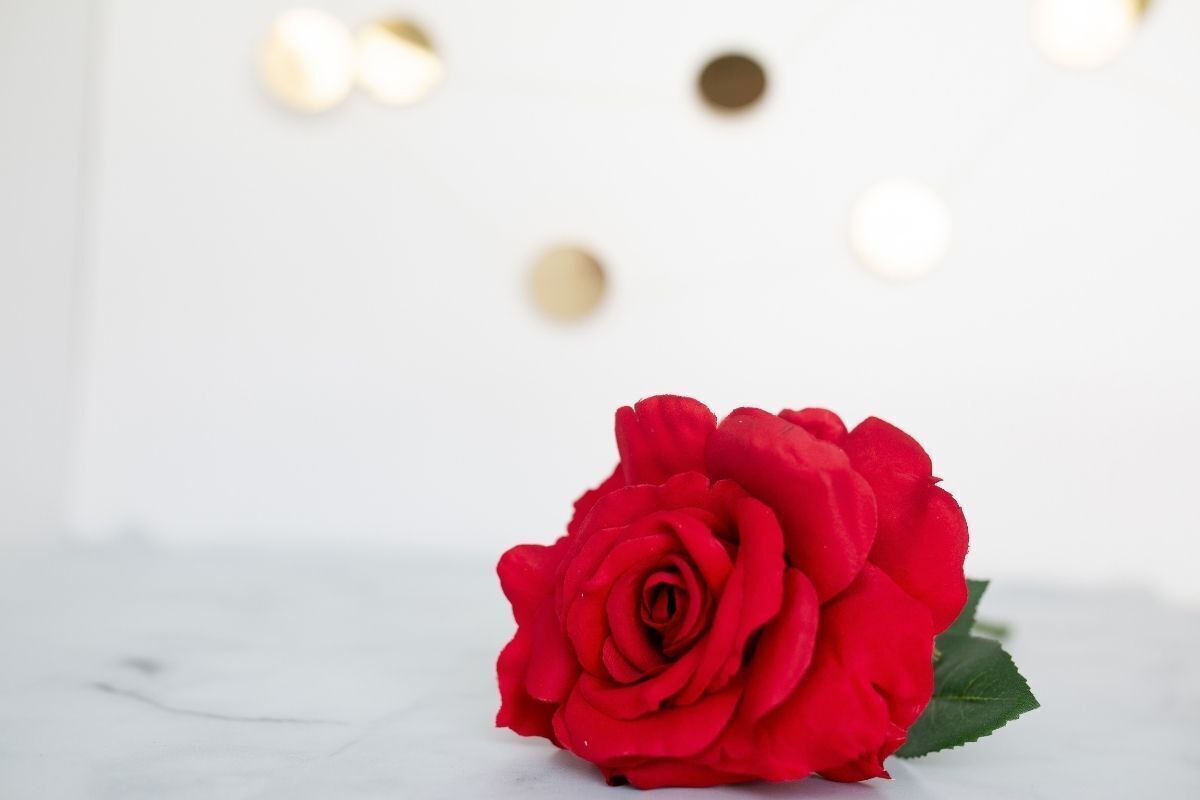
There are some materials widely used in macumba, such as candles with their meanings by colors, and flowers, such as roses, which are present in the ebós of many orixás. There are also works that require some genetic material. Check out some of these types of macumba and what they are for!
Macumba with hair
When we talk about hair, it is very important to say that it is one of the most powerful things you can possess from someone. This is because, hair basically carries all of a person's genetic material. And, within macumba, hair can be used in many ways, both for good and evil.
There is a well-known spell that helps you find the 'great love of your life'. In it, you take a lock of your hair and, on a day of your choice, you light a bonfire and say a prayer to Saint Anthony and, at the end, you throw the lock of your hair into the fire. This is one of many rituals that use hair to find love.
Macumba with red rose
The red rose is used in female rituals because it imposes a dominating force and yin like element. For all its symbolism, it is almost always used in rituals about love and passion.
This power comes from the pombas giras, which are very important entities in the Yoruba religions. They are strong, determined women who work to protect those who ask for their help. Known for their irreverence, they are much loved by those who frequent terreiros.
What is the best type of macumba?
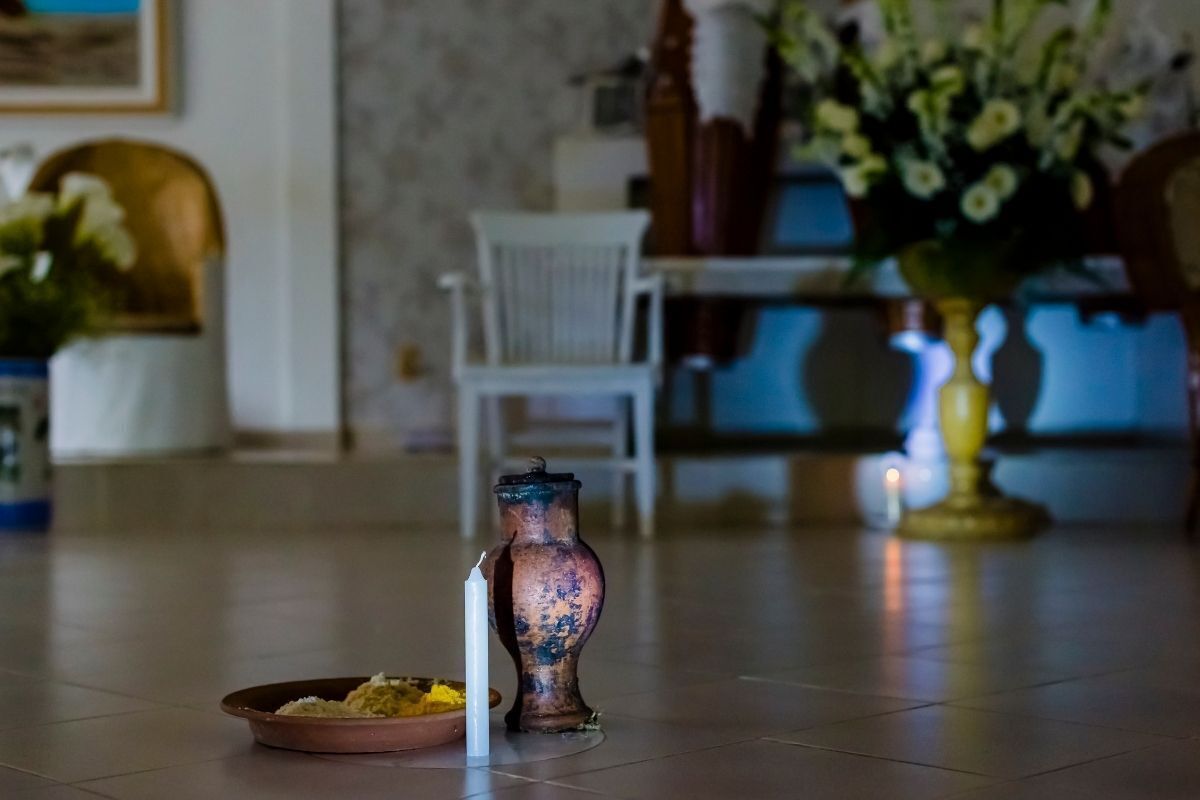
The best macumba is the one that uses the right elements to attract good things to the life of who is doing the work. Life is too short to attract unnecessary karma for earthly petty fights. The important thing is to always nurture the good things that are within you and in the universe, which offers this space in many faces.
The famous macumba is full of profound rituals that help in the understanding about faith and the occult, prioritizing the good and the other - ubuntu. The orixás lavish their sympathy and power, especially when they are offered in the correct way. It is worth saying that all work should be supervised by someone more experienced and that everything that goes, comes back.

